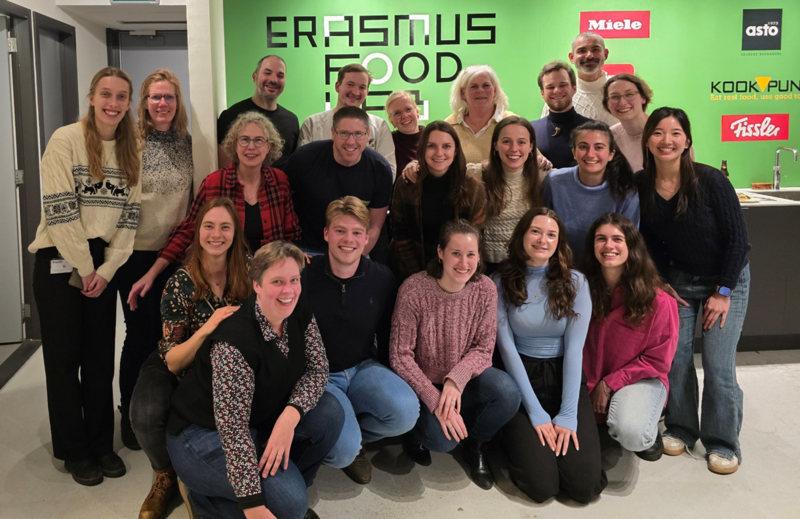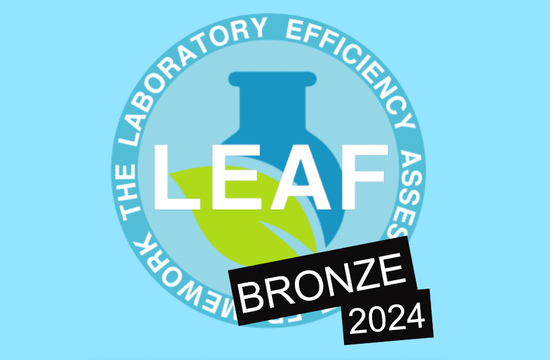The Bone Tissue Engineering Research Laboratory headed by Prof. Farrell and Dr. Lolli performs basic and translational research with the main aim of investigating how to modulate new bone formation and the various cellular interactions that occur during this process. The laboratory is part of the Connective Tissue Repair group at Erasmus MC.
The research is mainly focused on the process of endochondral ossification as a promising avenue for the generation of clinically relevant quantities of bone tissue to repair large bone defects. Additionally, the experimental model of endochondral ossification is exploited to investigate the role of host immune cells during bone tissue repair and the development of cancer metastasis in the bone niche. The group has specific expertise in 3D cell (co-)cultures and use of scaffolds, in vivo generation of tissue engineered bone, neovascularisation and osteoimmunology.

Traumatic injuries to the osteochondral tissues of diarthrodial joints like the knee result in pain, functional impairment, and increased risk of developing post-traumatic osteoarthritis (PTOA) and its comorbidities. Current treatments, based on cell-free…
The current gold-standard treatment for large bone defects involves autologous transplantation, despite its associated risks, such as donor site morbidity, increased risk of infection, and limited tissue availability. As a result, significant efforts…
Bone metastasis “in a dish”: engineering vascularised bone in vitro to model metastatic breast cancer; BoneMeND With this new partnership, Erasmus MC, University of Twente and the company React4life will join forces to fulfill the ambitious aim of…
NANO-SCORES wants to revolutionize the treatment of knee osteochondral lesions, a particular kind of defect that affects cartilage and the underlying bone tissue. This objective will be achieved by developing new nano-strategies exploiting recent developments…
Cartilage and bone are inextricably linked during development, pathology and repair. During skeletal development most bones of the body are formed via a cartilage intermediate through the process of endochondral ossification. In the context of bone healing,…
BACKGROUND Breast cancer hits 1 woman in 8, and its most common metastatic site is the bone (70%). A major hurdle to overcome breast cancer mortality is the lack of understanding of the dynamics leading to the spread of breast cancer cells to the bone. OUR…
Understanding early processes in osteoarthritis: paving the way for novel drugs (HypOA) Osteoarthritis is a disease of the locomotor system characterised by degeneration of cartilage and underlying bone. Recent publications have indicated changes…
Deciphering bone formation to model diseases: towards a new generation of in vitro bone modelsIn this project, we propose a radically new strategy to develop an urgently needed in vitro model of bone formation. Musculoskeletal diseases are commonly associated…

We are excited to announce that the Luminate consortium has officially started with a very successful kickoff meeting held by the coordinators in Pisa on the 14th of January. Luminate website and Facebook…

We are proud to announce that the connective tissue repair lab has received the bronze LEAF certificate for our efforts to perform research in a more sustainable manner. More information on LEAF